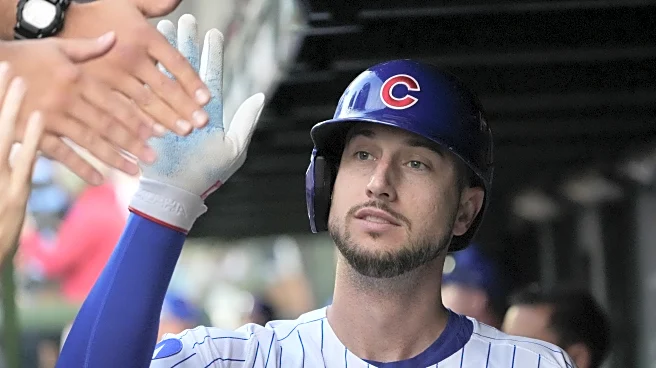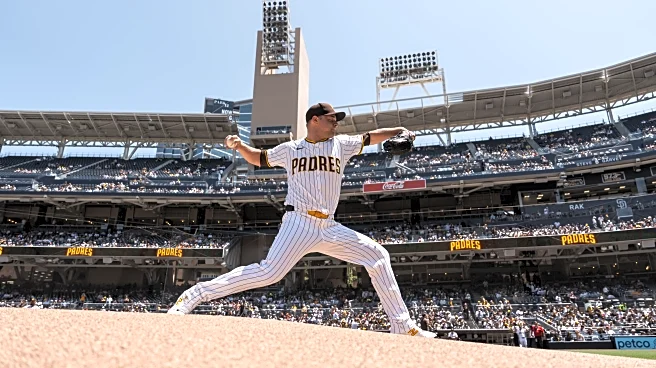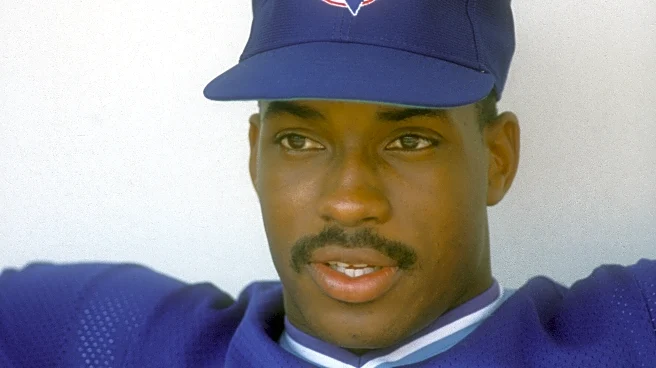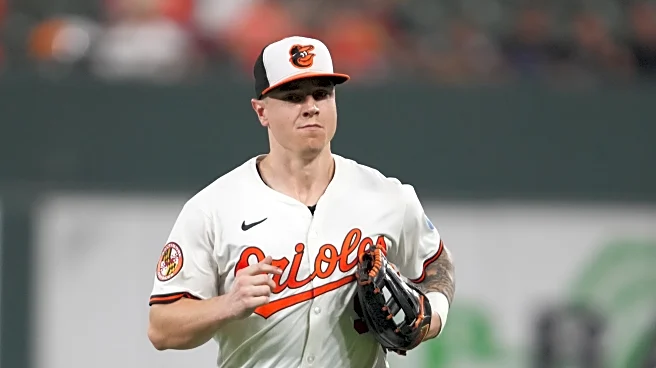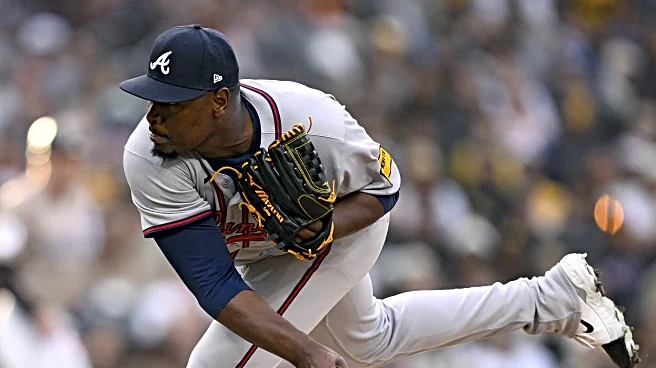Not many things went right with the 2025 Orioles season. One recurring problem was a lineup where a large chunk of the roster underperformed their expectations and almost nobody exceeded them. There were
scattered exceptions. Ramón Laureano, signed as a righty-batting fourth outfielder, is one guy who managed to beat the expectations this year.
The Orioles signed Laureano in early February, about ten days before the start of spring training. He was coming off of a 2024 where he was so bad he got released by the Guardians in May, then went on a four-month heater as a reserve with Atlanta. The O’s made a $4 million bet that Laureano could do something like those Atlanta numbers again, harkening back to his first couple of years in the league with Oakland, when he OPSed .853.
I went back and looked at what I wrote about Laureano at the time of the signing. There’s a lot of what now looks like a tragically misguided fixation on what would happen with Heston Kjerstad as a result of Laureano having been signed. That aside, this paragraph looks like a solid piece of analysis from Past Mark:
Or perhaps Laureano will end up as more than just a fourth outfielder and rather be a more regular platoon option. He’s been a strong hitter against left-handed pitching in his career, with an .802 OPS when facing southpaws since he arrived in the league. That was an even-more lopsided split a year ago, with Laureano batting .305/.343/.526 against lefties.
Laureano did it again when facing lefties, nearly identical to his numbers from last season. Counting at-bats taken with the Padres, he OPSed .867 against southpaws. What made him stand out and what made him into a player who was worth playing every day, and not just out of desperation because of how many other outfielders got injured, is that he was hitting well against righties too, finishing the year with an .849 OPS in 329 PA when facing righties. He ended up in the starting lineup in 70 of the 95 games where he was active on the Orioles roster.
This was not a story of continuous success. Like pretty much everyone else on the team, Laureano stunk in April. He was batting just .188/.216/.438 at month’s end. He heated up in May, literally notching a 4-4 night in the game that got Brandon Hyde fired, and even though he suffered a left ankle sprain in late May, that didn’t stop him from coming back and still hitting well in June and beyond.
If only every Mike Elias move this past offseason had worked out so well. Laureano struck me as kind of a weird guy with a dry, deadpan sense of humor. I think he would have been a perfect vibes guy on the team if only there had been any good vibes generated by the rest of the roster in April and May.
**
Laureano doing so well with the Orioles left them with a choice to make as the July trade deadline approached. They could keep him, because he has a modestly-priced $6.5 million team option available for 2026. Or, they could deal him, knowing that option was valuable. The O’s chose to deal Laureano in a package with Ryan O’Hearn for six prospects from the Padres 2024 draft class. This section will briefly look at the three pitchers from the trade: Boston Bateman, Tyson Neighbors, and Tanner Smith.
The most well-regarded of these players is also the youngest, Bateman. He is in the top 10 of the current MLB Pipeline top Orioles prospect list. The 6’8” lefty only turned 20 years old in September and he comes along with an excellent nickname, Sasquatch. Assigned to Low-A when acquired by the Orioles, the team quickly bumped him up to High-A, at which level Bateman developed a case of “walking too many dudes” – like, 11 dudes in 11.1 innings – that he had not had previously as a pro. If that carries over into 2026, that will tarnish the shine. Orioles fans have been around the block with “it’s harder for tall guys to repeat their delivery” before.
Neighbors, who turned 23 last month, is a 6’2” righty reliever. He was in Double-A when the trade happened after having dominated High-A to begin his season. Neighbors picked up where he left off on joining a new organization, allowing just one earned run in 12 games with Chesapeake the whole rest of the season. Across two levels and two different franchises, batters hit .153/.261/.245 off of him. There’s something worth keeping an eye on here. If he is showing that kind of performance next year, we could see him in the big league bullpen before league’s end.
Smith, also 23, is a Massachusetts native who played his college ball at Harvard. What, like it’s hard? Like Neighbors, he’s a reliever, though he hasn’t advanced as high in the minors. He was at Low-A when the trade happened, eventually promoted for a handful of games by the Orioles to High-A to end up the season. Smith actually walked more guys than he struck out in his draft year (30 walks, 29 strikeouts) which is, you know, bad.
That was not on display at Aberdeen, where Smith walked nobody in 5.1 innings while striking out 11. The Orioles sent Smith out to the Arizona Fall League. The walks are more under control there as well, with Smith so far walking two batters in 6.2 innings. I put him in the same category as Neighbors, where it’s worth seeing how he does next year. Mike Elias acquired a bunch of minor league relievers in the July trades. Let’s hope he’s right, such that a few of them pay off.
Tomorrow: Ryan O’Hearn and the position players from the Padres trade


